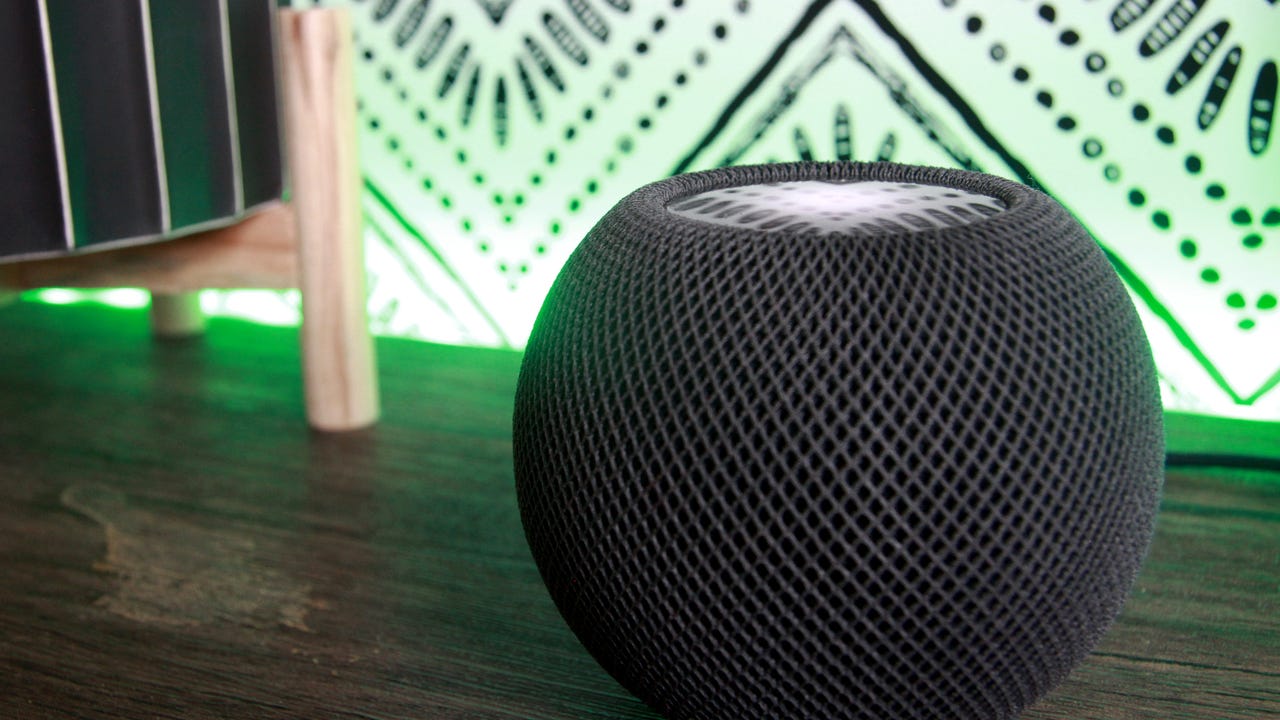'ZDNET Recommends': What exactly does it mean?
ZDNET's recommendations are based on many hours of testing, research, and comparison shopping. We gather data from the best available sources, including vendor and retailer listings as well as other relevant and independent reviews sites. And we pore over customer reviews to find out what matters to real people who already own and use the products and services we’re assessing.
When you click through from our site to a retailer and buy a product or service, we may earn affiliate commissions. This helps support our work, but does not affect what we cover or how, and it does not affect the price you pay. Neither ZDNET nor the author are compensated for these independent reviews. Indeed, we follow strict guidelines that ensure our editorial content is never influenced by advertisers.
ZDNET's editorial team writes on behalf of you, our reader. Our goal is to deliver the most accurate information and the most knowledgeable advice possible in order to help you make smarter buying decisions on tech gear and a wide array of products and services. Our editors thoroughly review and fact-check every article to ensure that our content meets the highest standards. If we have made an error or published misleading information, we will correct or clarify the article. If you see inaccuracies in our content, please report the mistake via this form.
How to add your HomePod to the Home app and Wi-Fi

See also
Using my HomePod Mini as my smart home hub comes with its rewards and challenges, but one thing is for certain: It's a great complement to any Apple ecosystem.
The HomePod Mini is a small, spherical smart speaker that works as a hub for HomeKit, Apple's smart home system.
Beyond being a smart home hub, an Apple HomePod Mini makes for a fantastic speaker with surprisingly crisp, clear, and powerful sound for its small package.
Also: 5 ways AirTags can help make your life easier
If you've just gotten a HomePod for your home or have just reset your current HomePod, we'll walk you through the ins and outs of setup to get you started.
How to add a HomePod to the Home app
1. Plug in your HomePod and wait for the white light
The HomePod Mini comes with a USB-C cable but no brick (Thanks, Apple), so you plug it in using a separate power brick or a USB-C adapter.
When the HomePod powers up a white light will start pulsing on the display at the top.
Once you plug in the HomePod, wait for the light that says it's powered on.
2. Hold an iPhone or iPad near the HomePod
You can use the Home app on an iPhone or an iPad to set up your HomePod. Just unlock your iPhone or iPad and keep it near your HomePod Mini.
Make sure your iPhone is unlocked so it can find the HomePod Mini nearby.
3. Tap Set Up
Once your iPhone or iPad finds the HomePod, it will prompt you to begin setup. All you need to do is unlock your phone or tablet and wait.
Once the iPhone or iPad finds the HomePod, a pop-up will appear asking to set it up. Tap Set Up to continue.
You should see a pop-up appear once your HomePod has been found.
4. Scan the HomePod animation with the iPhone or iPad
The lights on your HomePod will change and your iPhone or iPad will prompt you to use the camera to scan the animation that appears on the HomePod's top display.
This will pair your HomePod with your mobile device and your Apple ID.
Your iPhone or iPad will prompt you to scan the display of your HomePod Mini.
5. Customize and finish setting up your HomePod
Once your HomePod is paired with your iPhone or iPad, it's time to customize settings and preferences for your device. Simply follow the prompts and instructions on your mobile device to finish setting up your HomePod.
FAQ
How to connect HomePod to Wi-Fi?
The Apple HomePod needs a mobile device to be set up, like an iPhone or iPad, rather than a Mac or PC. When you're setting up your HomePod, it will automatically connect to the same Wi-Fi network as your iPhone or iPad, so you don't have to follow any particular steps to connect it to the internet.
If your Wi-Fi password ever changes or you make changes to your network, simply hold your iPhone near your HomePod again and you'll get a message on your phone prompting you to finish setting up your device. Follow these prompts and your HomePod will automatically connect to the same network from your mobile device.
How can I add the HomePod directly in the Home app?
This is the Home app in your iPhone or iPad.
All it takes to begin setting up your HomePod is to plug it in, unlock your iPhone or iPad, and keep the two devices near each other, and your mobile device should find the HomePod automatically. If for some reason that doesn't work, you can set it up directly in the Home app by following these steps:
- Open the Home app on your iPhone or iPad.
- Tap the add button, the plus sign at the top right of your screen.
- Select Add Accessory.
- Tap More options.
- Choose HomePod and then follow the prompts in the app.
Do I need a HomePod to use HomeKit?
Apple's smart home software, HomeKit, requires a compatible hub to work as your smart home system, and the HomePod Mini does the job very well. However, you can also use a regular HomePod or an Apple TV 4K.
